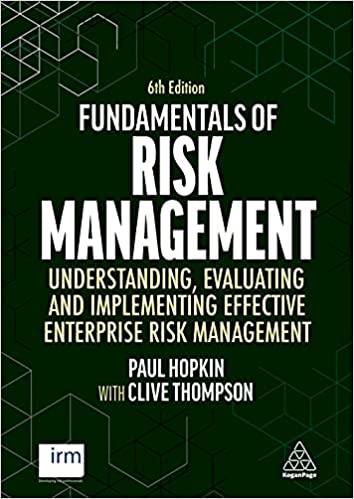Answered step by step
Verified Expert Solution
Question
1 Approved Answer
The article presents a number of advantages and disadvantages to modular construction (prefabrication): Advantages Over Onsite Construction Pre-engineered building projects involve the manufacturer right from
The article presents a number of advantages and disadvantages to modular construction (prefabrication):
Advantages Over Onsite Construction
- Pre-engineered building projects involve the manufacturer right from the initial stages of the design process. The close and sustained collaboration ensures that the building is accurately designed and fabricated when received from the manufacturer. This helps lower quality assurance costs associated with the site during construction.
- Faster. Prefabricated buildings can be built 30-50 percent more quickly than traditional construction.(Fortune Business Insights, 2020)
- The factory setting enables economies of scale, centralized process and equipment improvements, and workforce optimization. These factors tend to make each component of a modular building faster to produce, less expensive, and of more reliable quality than if identical structures were produced on-site.
- Since it is a manufactured product, there is less waste compared to traditional construction, so material costs can be lower and the overall project can be more environmentally sustainable.
- Earlier site accesshelps with post-erection trades and ensures minimal disruptions on the site.
- Delays during any construction project can be expensive. For this reason, installation teams prefer to have predetermined construction timing and labour scheduling.
- Using pre-fabricated buildingsfrom one manufacturer rather than several vendors and independent trades, the contractor is able to achieve a high level of certainty in timing and scheduling, and streamline vendor management.
- Thanks to precise, repeatable design the builder can select connection methods earlier in the process for better material accuracy and compatibility.
- Just-in-time manufacturing reduces the time and cost associated with storing materials until they are needed and reduces scheduling complexity.
Disadvantages
- In order to enable the factory efficiencies that make prefabrication cost-effective, design customization is limited.
- Innovation by the industry may be targeted towards production efficiency rather than aesthetics.
- Transportation of modular components may not be suitable or cost-effective for sites that are tight or hard to access.
- There are risks as well as opportunities when reducing the number of vendors involved in a construction project. The construction manager needs to be confident that the quality and schedule reliability of the prefab manufacturer is high. Third-party quality certification for these manufacturers is available and an important thing to look for.
- Because modules are all delivered at once, and because the fabricator is producing modules for multiple customers, it could be easier for mix-ups and errors to occur without discovery. The construction manager needs to check that components match with contract requirements and that receiving slips and part numbers are consistent with the purchase order.
- Onsite construction offers more ability to respond to site characteristics and unknowns as they are discovered. In contrast, prefabricated buildings are designed and built all at once, with attention to known site specifications but without the same ability to respond or adapt to changes and discoveries.
- Which advantage do you feel is the most significant, and which challenge do you think will be the most inhibitive to youas a construction manager? How do the primary advantages and disadvantages change when you are a projectowner? Do you think that, from an owner's perspective, the benefits of prefabrication outweigh the challenges? Why or why not?
Step by Step Solution
There are 3 Steps involved in it
Step: 1

Get Instant Access to Expert-Tailored Solutions
See step-by-step solutions with expert insights and AI powered tools for academic success
Step: 2

Step: 3

Ace Your Homework with AI
Get the answers you need in no time with our AI-driven, step-by-step assistance
Get Started


